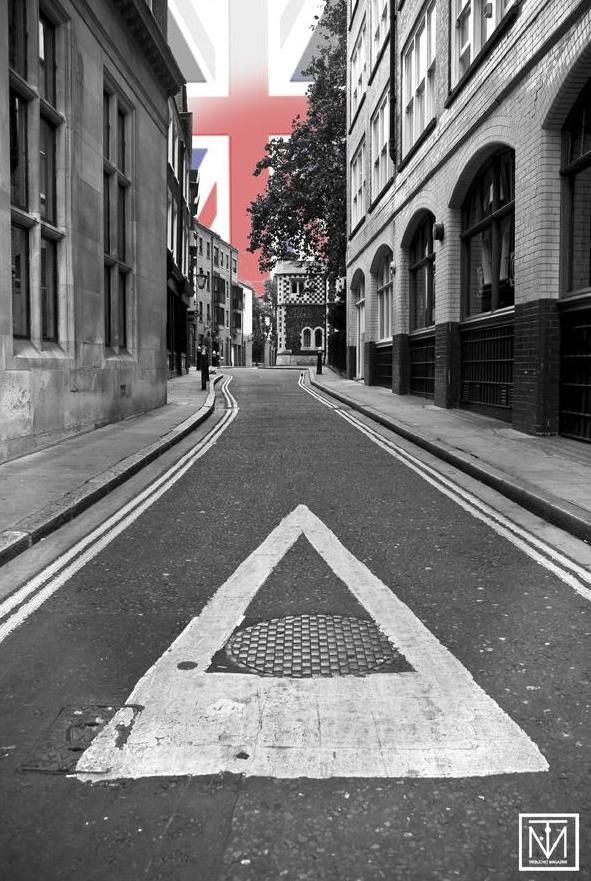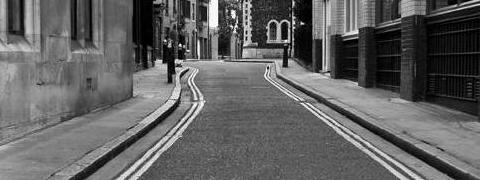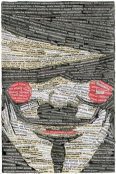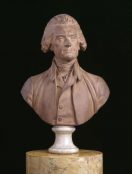[dropcap style=”font-size:100px; color:#992211;”]J[/dropcap]ust in. Muggings in London increase at night.
Also: Water is wet, the Pope is Catholic, and something about the toilet habits of bears.
Just to prove that mouthbreather Gove hasn’t swallowed up all the research money, University College London spent two years proving that muggers prefer to work in the dark. Preferably when it’s warm.
Muggers in London strike around two and half times more often during hours of darkness then in daylight, a new study shows.
The first study to look at the hourly pattern of street robbery in London found a 160% rise in the rate of muggings during the hours of darkness in the capital.
Lisa Tompson and Professor Kate Bowers, from the Department of Security and Crime, University College London, studied crime statistics over two years in order to calculate how much more at risk people were in darkness, even when they were in urban areas which often had street lighting.
Researchers expected to find a rise in street robberies in darkness
Although researchers expected to find a rise in street robberies in darkness, the study is the first to calculate its precise extent.
The researchers examined 6,511 street robberies in Camden and Islington police areas during 2002 and 2003 for their analysis, published in the Journal of Research in Crime and Delinquency.
Glasgow: often too cold at night for robbers
They also looked at 4,200 muggings in the Strathclyde Police region in Scotland, which includes Glasgow. There they found that darkness increased the rate of street robberies by 20%, a smaller figure than in London, which the researchers suggest might be because it is often too cold at night for robbers and potential victims to be outside.
“Darkness was significantly associated with an increase in the expected number of street robberies,” the researchers say in their paper. “This result held over both study areas that have differing levels of darkness throughout the year.
“It is also interesting to note that the effects of darkness were more pronounced in London than in Glasgow. One reason for this might be variation in the comfort of the external conditions: the temperatures can become very cold at times in Glasgow and that it is more likely to rain in this area. Perhaps on occasion, more extreme conditions limit the number of suitable targets and offenders on the street.”
The researchers also found that London street robberies rose by around 1% for each one degree Celsius the temperature rose, independently of how much daylight there was.
The research has been flagged up by the Campaign for Social Science as significant for helping understand crime patterns.
Source: SAGE Publications
Photo: Carl Byron Batson. Not to be reproduced without prior permission.

Some of the news that we find inspiring, diverting, wrong or so very right.






















